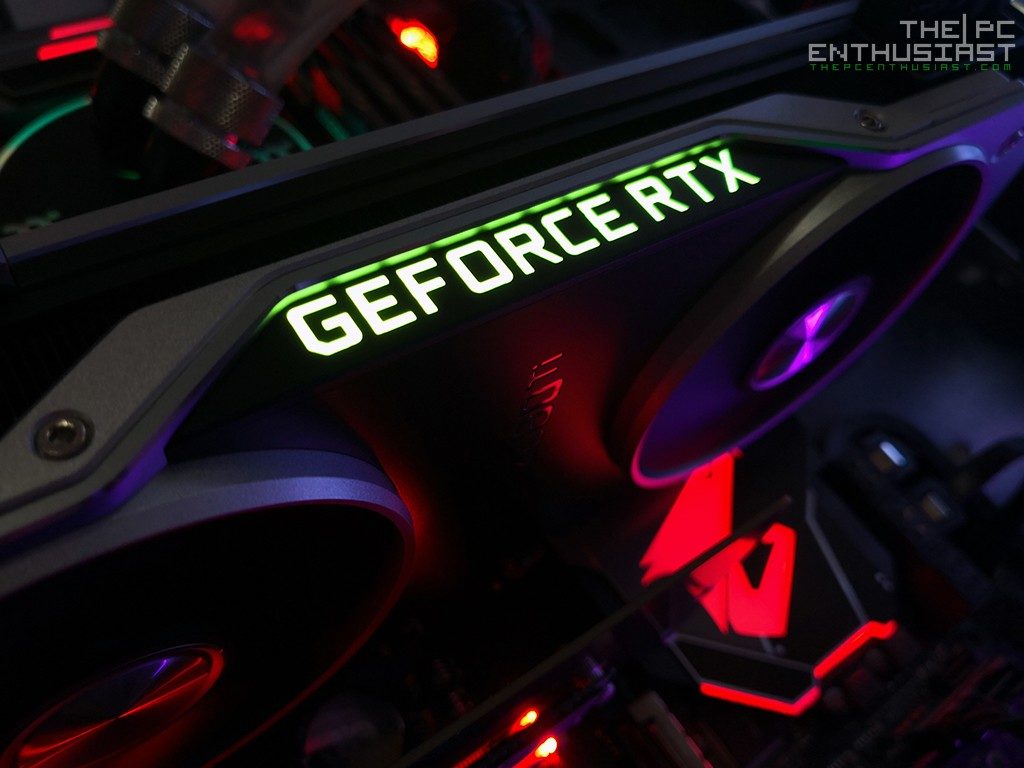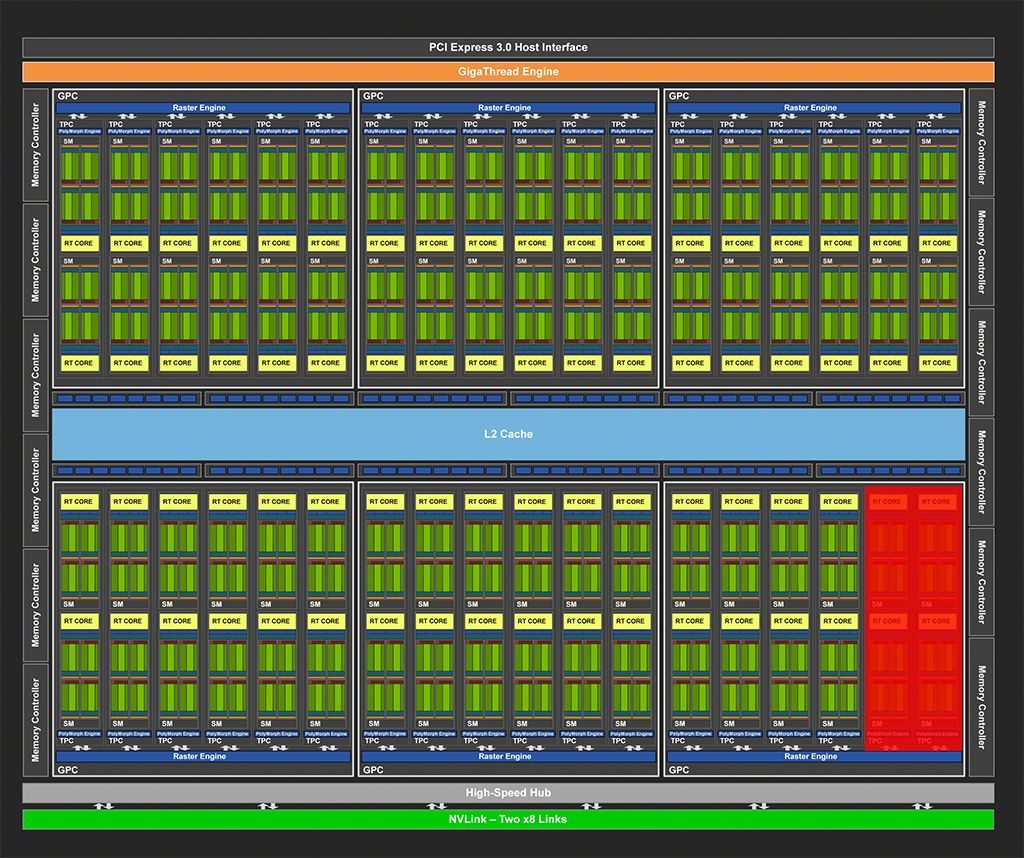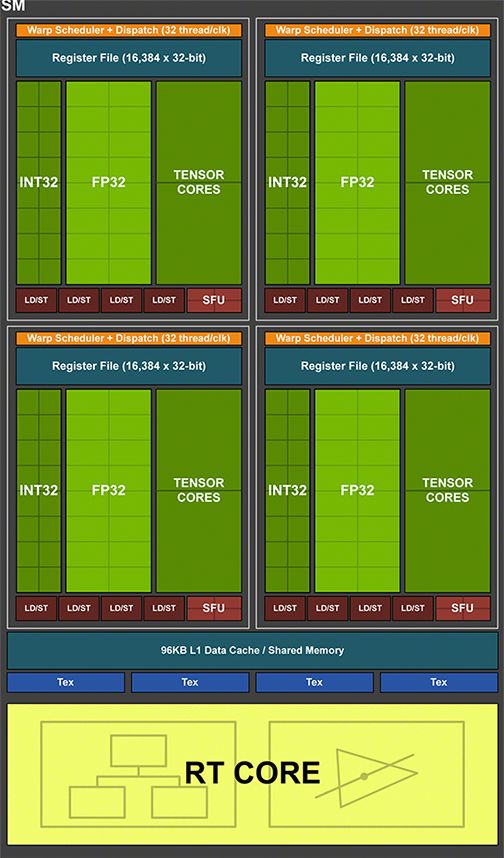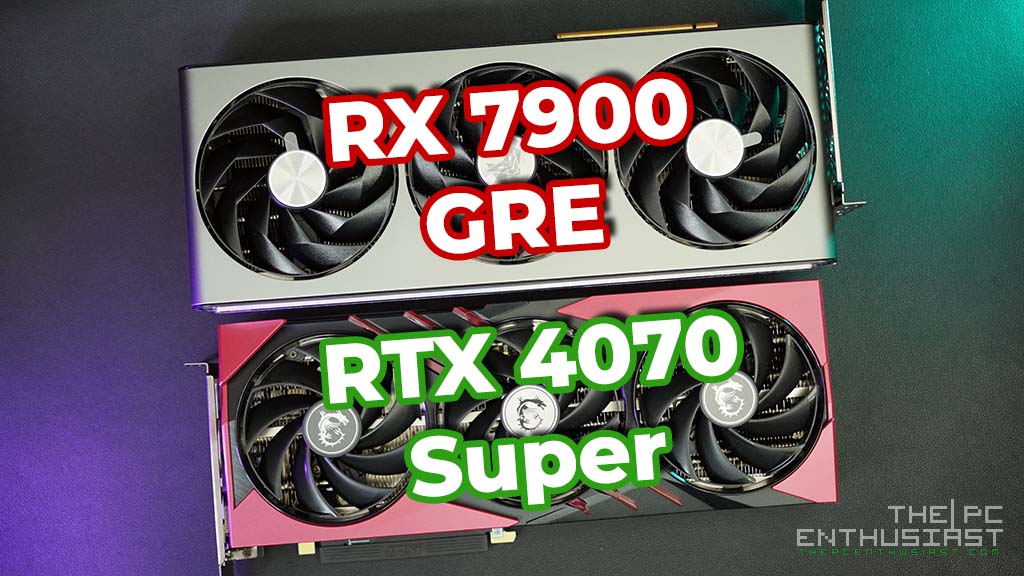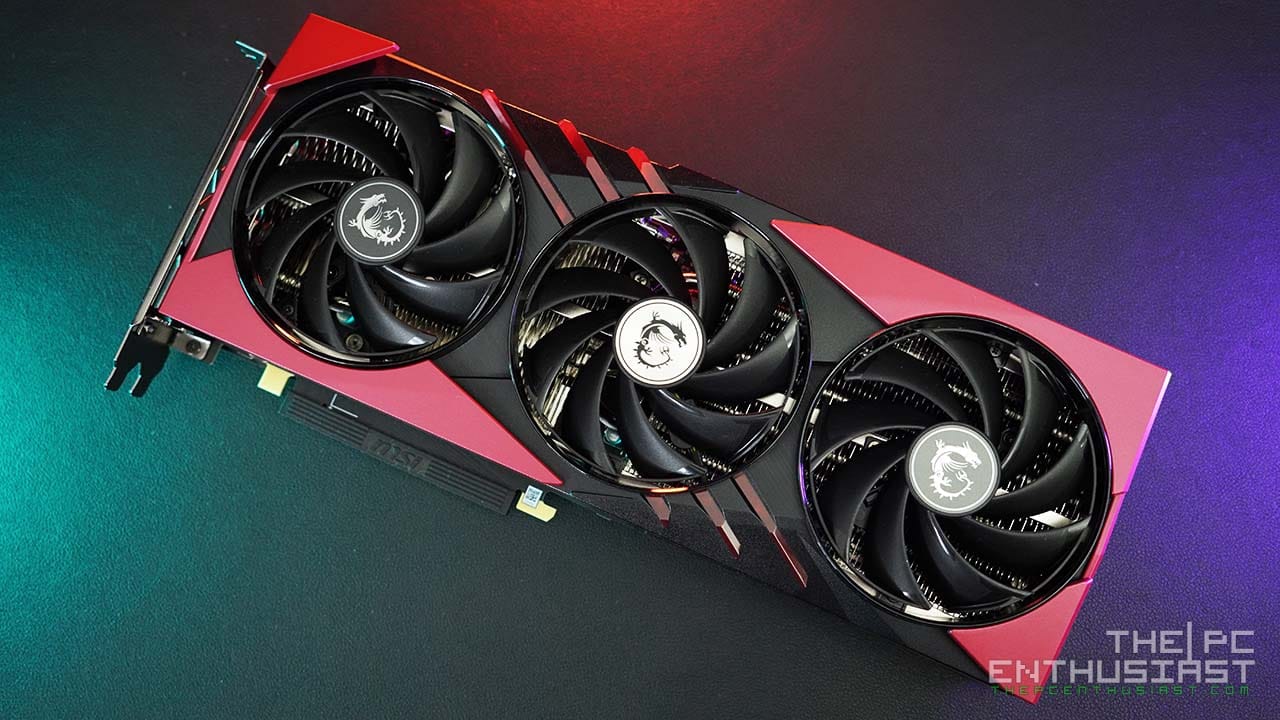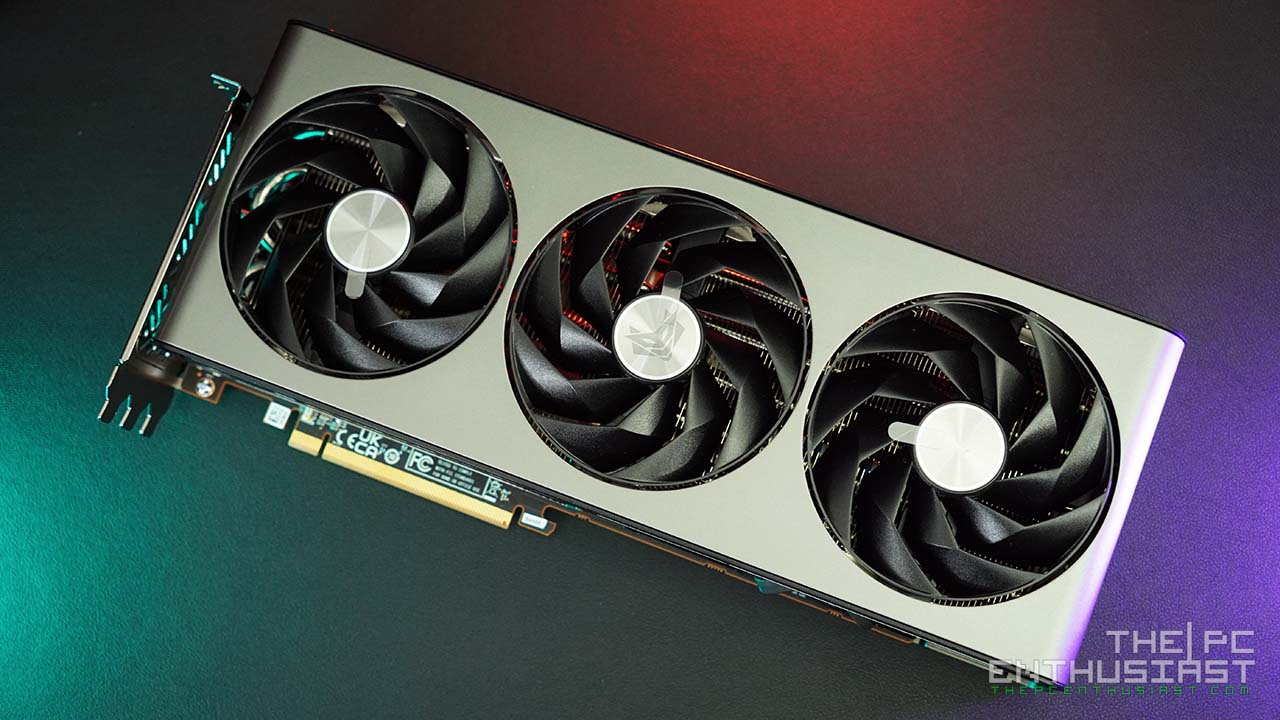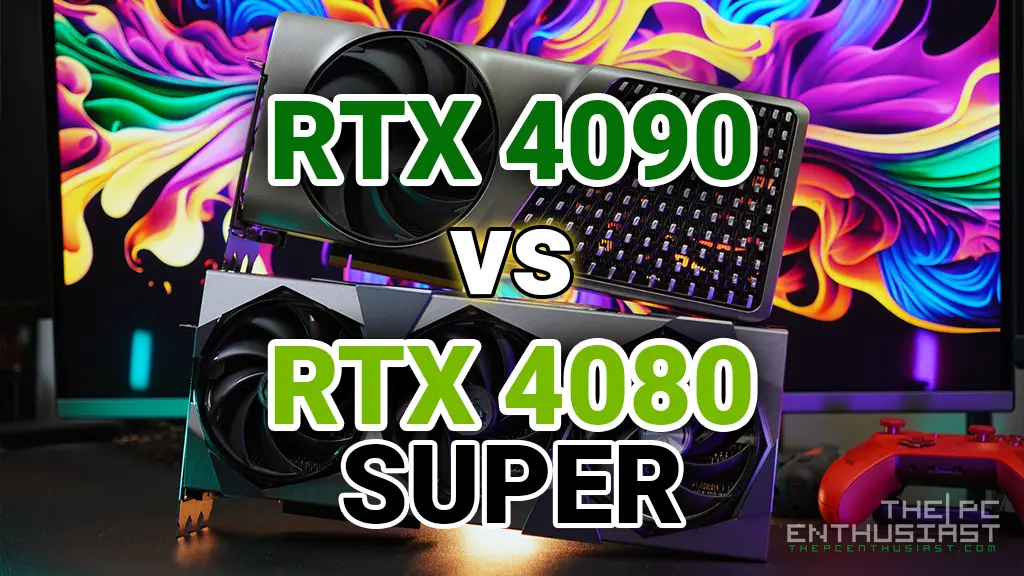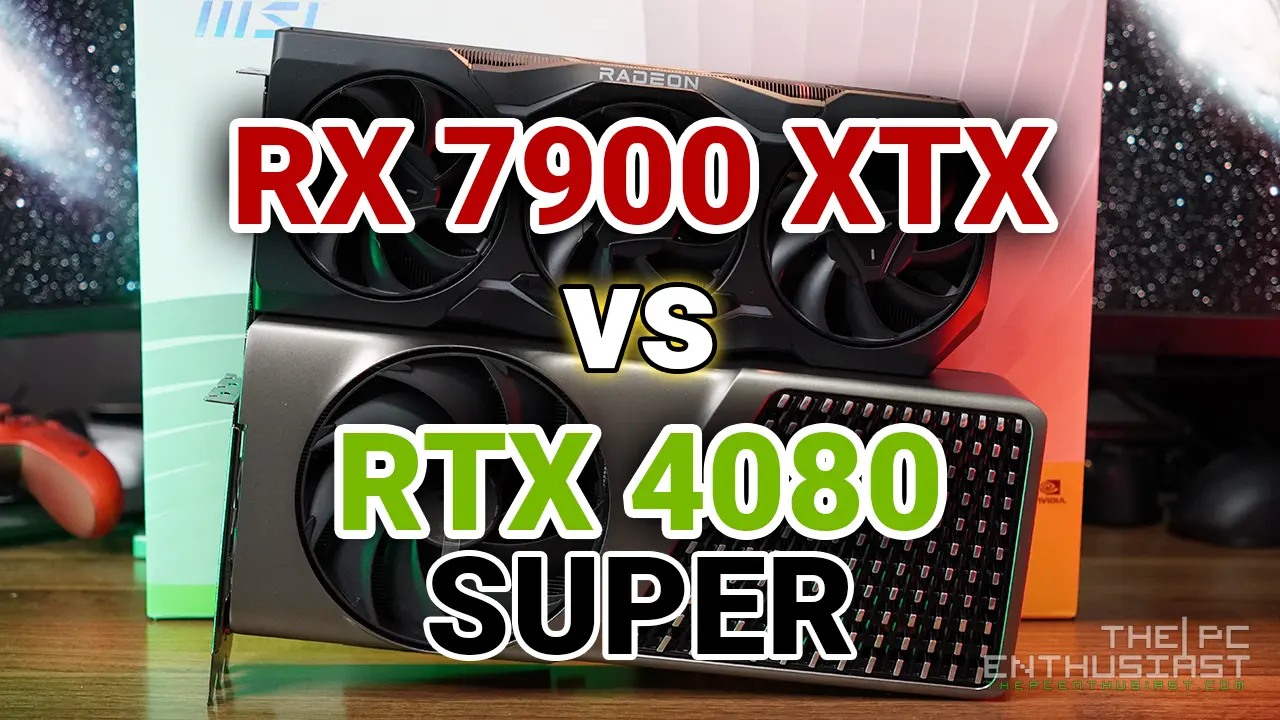The day has finally come and let’s see what NVIDIA’s latest and greatest graphics card has to offer. The time has come to check out and review the NVIDIA GeForce RTX 2080 Ti Founders Edition graphics card; featuring an all-new design and aesthetics and on top of that, new set of features that pushes gaming graphics and visual effects to the next level. The GeForce RTX 20 series graphics cards are based on the new Turing architecture and two of the most highlighted features are the real-time ray tracing and DLSS or Deep Learning Super-Sampling. Unfortunately, RTX and DLSS featured games are not yet available at this time. So this review will be limited to whatever games that are currently available. But expect that we will do another review when those features are already implemented and new games that are built with those features are released. For now, let’s see what the GeForce RTX 2080 Ti Founders Edition can do with the traditional and current gaming technology; and how does it compare with the previous GTX 10 series graphics card. Is the $999-$1,199 upgrade worth it? Find out in our NVIDIA GeForce RTX 2080 Ti Founders Edition review below.
NVIDIA GeForce RTX 2080 Ti Founders Edition Review – New Features
The new NVIDIA GeForce RTX 20 series cards are unlike any other GPUs released by NVIDIA before. Aside from the usual CUDA cores that we are very familiar with, the new Turing architecture offers new types of cores designed to do specific tasks and functions. With the new Turing architecture, NVIDIA claims that they have “reinvented graphics” and it’s the biggest architectural leap in over a decade (that’s when CUDA cores first arrived). The new Turing GPU architecture basically comprises of a new Turing Streaming Multiprocessor, RT Cores and Tensor Cores. This enables the GPU to bring both real-time ray tracing and artificial intelligence to gaming.
Real-Time Ray Tracing and Deep Learning Super-Sampling (DLSS) are the two main selling / key features of the new RTX 20 series graphics cards. With real-time ray tracing, gamers are presented with a more realistic graphics and visual effects. Lighting or illumination, reflections, refraction and shadows are accurate and will look realistic; similar to how they would act naturally in real world. However, ray tracing is computationally-intensive and rendering just a single frame would literally take hours or even days or weeks for a scene to be finished.
This is actually were the new RTX GPUs come in; they are basically a specialized hardware designed to run games (with ray tracing features) at a playable frame rate. Unfortunately, games that will feature real-time ray tracing are not yet released at this time. Battlefield V, one of the games that should have this feature, is moved to November 20. Shadow of the Tomb Raider will also feature real-time ray tracing but the game developers has yet to release the patch for that feature. So it’s going to be “RTX Off” and “DLSS disabled” for this performance review. We will publish a new review when RTX and DLSS-featured games are out or patched. For now, if you want to see how real-time ray tracing works in games, head over to our article here: NVIDIA GeForce RTX 2080 Ti Graphics Card Unleashed.
Another key feature of the RTX GPU is Deep Learning Super Sampling or DLSS. This feature basically uses the Tensor Cores to improve the performance of the game, not only in terms of visual fidelity, but in actual frames per second as well. DLSS works by leveraging deep neural network to extract multidimensional features of the rendered scene and intelligently combine details from multiple frames to construct a high-quality final image. This allows Turing GPUs to use half the samples for rendering and use AI to fill in information to create the final image. The result is basically a clear and crisp image with similar quality compared to the commonly used TAA or Temporal Anti-Aliasing, but with higher performance. Unlike real-time ray tracing, DLSS is easier to integrate for game developers. So expect more games to feature DLSS than real-time ray tracing or expect that DLSS will be implemented sooner than real-time ray tracing. Unfortunately for previous gen. graphics cards, DLSS is an exclusive feature of the new RTX 20 series graphics cards and it’s also one key advantage over the previous generations.
Aside from the features mentioned above, the new GeForce RTX 20 series graphics cards also features the following:
- New NGX Neural Graphics Framework integrates AI into the overall graphics pipeline, enabling AI algorithms to perform amazing image enhancement and generation.
- New Turing Shader Architecture with Variable Rate Shading allows shaders to focus processing power on areas of rich detail, boosting overall performance.
- New memory system featuring ultra-fast GDDR6 with over 600GB/s of memory bandwidth for high-speed, high-resolution gaming.
- NVIDIA NVLink, a high-speed interconnect that provides higher bandwidth (up to 100 GB/s) and improved scalability for multi-GPU configurations (SLI).
- Hardware support for USB Type-C and VirtualLink, a new open industry standard being developed to meet the power, display and bandwidth demands of next-generation VR headsets through a single USB-C™ connector.
- New and enhanced technologies to improve performance of VR applications, including Variable Rate Shading, Multi-View Rendering and VRWorks Audio.
I’m not going to dive deeper into the Turing architecture in this review since that’s a whole new topic. In this review, we’ll focus more on the performance that the new GeForce RTX 2080 Ti (Founders Edition) has to offer and I’m sure that’s what many of you are most interested about. Well, we did wait for around 2 years or so, for a new graphics card from the green team. If ever you are interested to learn more about NVIDIA’s Turing architecture, you can read more about it here: NVIDIA Turing Architecture In-Depth
Above you see the graphical illustration of the GeForce RTX 2080 Ti’s GPU Chip. It’s an NVIDIA TU102 with 4 SM disabled. The RTX 2080 Ti isn’t using the full TU102, but the Quadro RTX 8000 and RTX 6000 do. The GeForce RTX 2080 Ti features 4352 CUDA cores, 68 RT cores, 544 Tensor Cores and has a boost clock speed of 1545 MHz. The Founders Edition has a higher boost clock speed of 1635 MHz; yup it’s factory overclocked unlike previous Founders Edition graphics cards.
The GPU is paired with the 11GB of GDDR6 memory running at 14 Gbps. It runs on a 352-bit memory interface (11 x32-bit memory controllers), resulting on a peak memory bandwidth of 616 GB/s. The new GeForce RTX 20 series graphics cards also features the new GPU Boost 4.0 with NVIDIA Scanner for easy overclocking. With GPU Boost 4.0 users are able to manually adjust the algorithms that GPU Boost uses to dial in the clock. For those who are less adventurous and doesn’t have the time to tweak; NVIDIA Scanner is your “one-click” solution. It basically tests the GPU and looks for the most stable and optimal overclock for the graphics card.
Below is a specifications table of the RTX 2080 (Ti) graphics card compared with their respective GTX predecessors. On the next page, let’s take a closer look and explore the new features of NVIDIA’s GeForce RTX 2080 Ti Founders Edition graphics card.
NVIDIA GeForce RTX 20 Series Graphics Card Specifications
| Specifications | RTX 2080 Ti | RTX 2080 | GTX 1080 Ti | GTX 1080 |
|---|---|---|---|---|
| Architecture | Turing - TU102 | Turing - TU104 | Pascal - GP102 | Pascal - GP104 |
| Process | 12nm FNN | 12nm FNN | 16nm | 16nm |
| SMs | 68 | 46 | 28 | 20 |
| CUDA Cores | 4352 | 2944 | 3584 | 2560 |
| Tensor Cores | 544 | 368 | - | - |
| Tensor FLOPS | 114 | 85 | - | - |
| RT Cores | 68 | 46 | - | - |
| Texture Units | 272 | 184 | 224 | 160 |
| ROPs | 88 | 64 | 88 | 64 |
| Giga Rays | 10 GR/s | 8 GR/s | 1.1 GR/s | 0.877 GR/s |
| RTX OPS | 78 Trillion | 60 Trillion | 11.3 Trillion | 8.9 Trillion |
| Compute | 14 TFLOPS | 10.1 TFLOPS | 11.3 TFLOPS | 8.8 TFLOPS |
| Base Clock | 1350 MHz | 1515 MHz | 1480 MHz | 1607 MHz |
| Boost Clock | 1635 MHz (OC) FE 1545 MHz (Reference) | 1800 MHz (OC) FE 1710 MHz (Reference) | 1582 MHz | 1733 MHz |
| Memory Size | 11GB | 8GB | 11GB | 8GB |
| Memory Type | GDDR6 | GDDR6 | GDDR5X | GDDR5X |
| Memory Clock | 7000 MHz | 7000 MHz | 5505 MHz | 5005 MHz |
| Memory Interface | 352-bit | 256-bit | 352-bit | 256-bit |
| Memory Bandwidth | 616 GB/s | 448 GB/s | 484 Gb/s | 320 GB/s |
| Max. GPU Temp | 89 | 88 | 91 | 94 |
| Power Connectors | 8+8 pin | 6+8 pin | 6+8 pin | 8 pin |
| Graphics Card Power (TDP) | 260W FE 250W (Reference) | 225W FE 215W (Reference) | 250W | 180W |
| Recommended PSU | 650W | 650W | 600W | 500W |
| Price (At Launch) | $1,199 FE $999 (Reference) | $799 FE $699 (Reference) | $699 | $699 FE $599 (Reference) |

